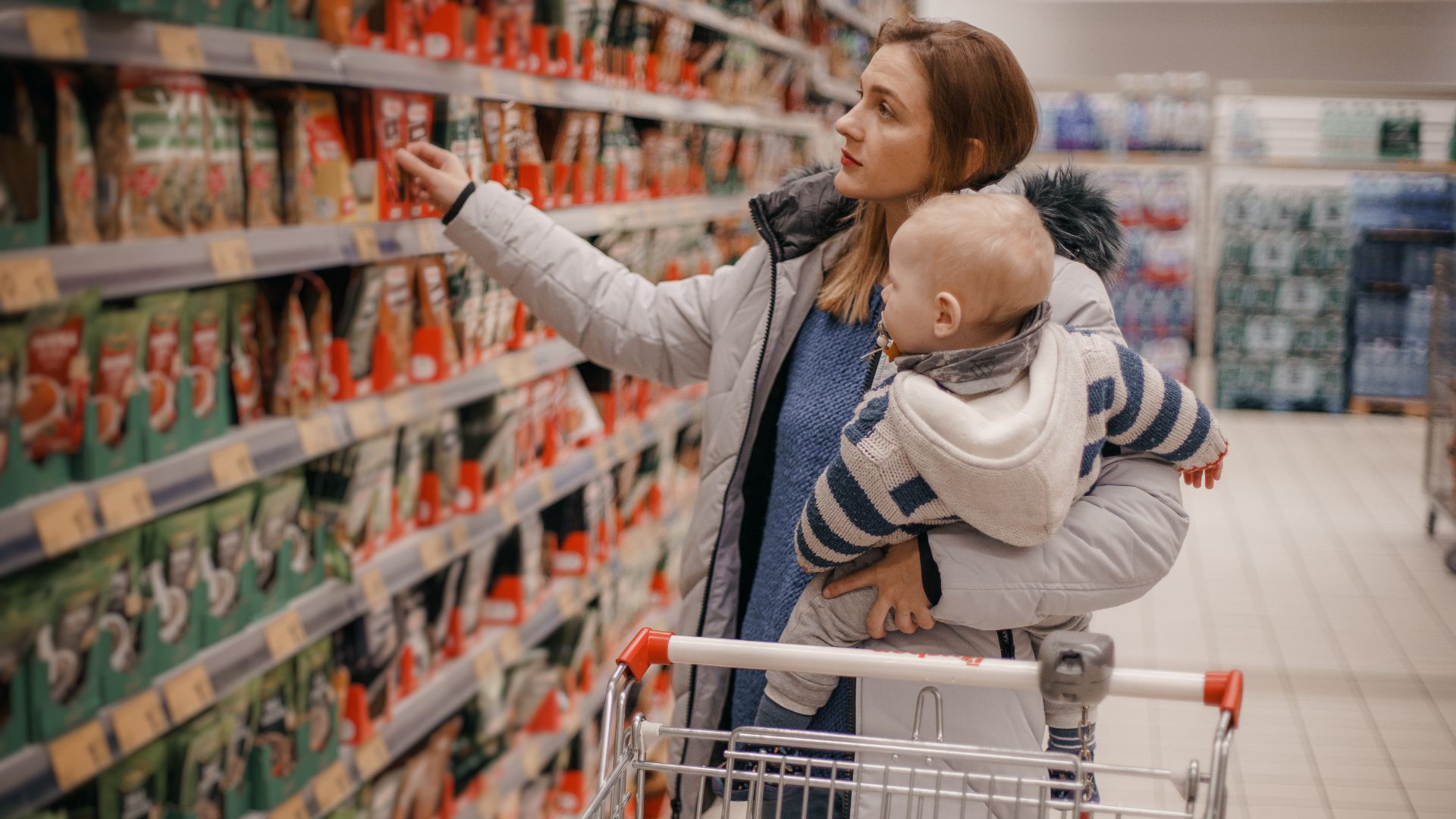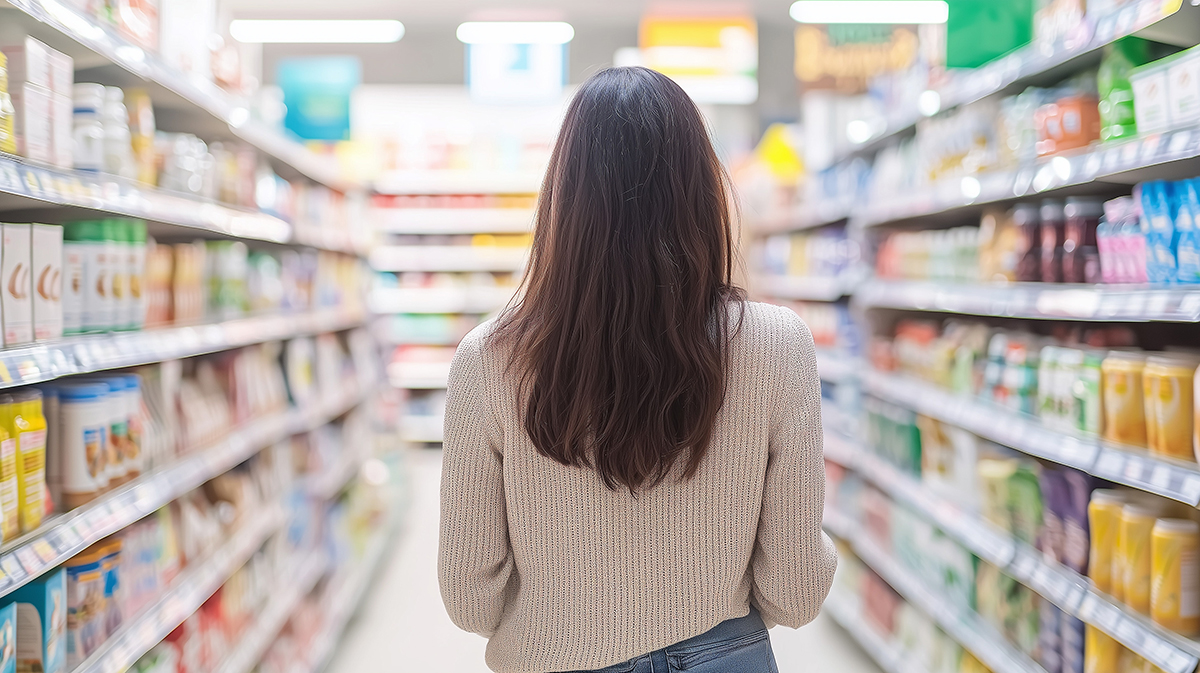By Leslie Sarasin, President and CEO, FMI
The following is amended from a presentation given during Progressive Grocer’s 87th Annual Report on the food retail industry. Access the recording for the full comments.
Annual Report on the food retail industry. Access the recording for the full comments.
The most frequently used description I’ve heard people use when trying to capture the overarching essence of the COVID-19 era is “these are unprecedented times.“ Not very poetic, but an apt description because of the myriad ways the coronavirus pandemic has disrupted everyone’s status quo and proved to be unlike anything we’ve previously experienced in modern times.
Throughout this pandemic, FMI has been tracking consumer trends and charting how shopping behaviors are changing to accommodate the unique situation that COVID-19 has foisted upon us in our U.S. Grocery Shopper Trends COVID-19 Tracker. Honestly, the novelty of these circumstances makes it very difficult to predict whether—or the extent to which—the shopper behaviors we’ve identified will continue. That said, I will explore several of these COVID-19 trends with you and do my best to indicate their future strength and whether they have legs in the long term.
Online Sales
Pre-coronavirus, FMI recognized that the food industry was at an inflection point regarding grocery shopping online. We projected in January 2020 that online food and beverage sales would equate to $143 billion by 2025, representing about 18% of an expected overall $800 billion in combined online and in-store spending for food and beverages at home.
But then COVID-19, with its home-sheltering, hit and almost overnight the number of online shoppers soared. About 21% of Americans have tried online shopping for the first time since the beginning of the pandemic; 8% have returned; and 19% are continuing to online shop, most at deeper levels than before. Clearly, this situation is going to dramatically affect our predicted numbers on ecommerce and food retail.
Our early indications are that not everyone will continue ordering online at the levels they were during the height of the pandemic, but they most definitely now have online in their shopping repertoire and are likely to continue using it more than they did pre-coronavirus. Online grocery shopping is a new reality for our retail and wholesale members and we’re having to rewrite the online playbook in real time.
The Supply Chain
We have learned that the supply chain is tremendously resilient and that we can adjust to accommodate a sudden shift in demand, but it also has taught us we need to become nimbler and quicker on our feet. FMI has been saying for years that there’s a need for better communication up and down the supply chain and we’ve been busy creating opportunities for increased conversation and collaboration between and among trading partners. COVID-19 clearly reinforced the need for those improved exchanges between and among suppliers and retailers.
Early in the pandemic, 46% of shoppers reported MANY products being out of stock and 40% said they were experiencing SOME products being out of stock. The numbers are moving in the right direction, but they are nowhere near perfect yet. Recently, 29% of shoppers said MANY products are unavailable and 56% reported SOME still out of stock.
The Food Industry Image
If nothing else, this pandemic has put the food industry squarely in the center of almost every pandemic related conversation. Consequently, it demonstrated to the world something we’ve always known—that in a crisis, the grocery store is an essential player.
Shoppers appreciated their store’s handling of the COVID-19 health emergency. We asked shoppers to rate their store’s performance on a scale of 1 to 10 (with ten being the highest) and in the first week of tracking data, 65% of shoppers gave their store a score from 8-10. More recently almost ¾ of shoppers gave their store these highest marks. And it should be noted that the percentage giving their store a perfect 10 has steadily climbed each week – hitting 35% most recently.
Grocery workers have been embraced far and wide as true heroes in the public battle to withstand the dangers of this virus and have been venerated for bravely serving the greater common good. People recognized this in the service of workers day in and day out, but they also saw an industry rise to the occasion of supporting the more fragile and vulnerable elements of their communities, through increasing donations to food banks, establishing new hours to accommodate the susceptible, and going the second mile in customer service time after time after time.


 Industry Topics address your specific area of expertise with resources, reports, events and more.
Industry Topics address your specific area of expertise with resources, reports, events and more.
 Our Research covers consumer behavior and retail operation benchmarks so you can make informed business decisions.
Our Research covers consumer behavior and retail operation benchmarks so you can make informed business decisions.
 Events and Education including online and in-person help you advance your food retail career.
Events and Education including online and in-person help you advance your food retail career.
 Food Safety training, resources and guidance that help you create a company food safety culture.
Food Safety training, resources and guidance that help you create a company food safety culture.
 Government Affairs work — federal and state — on the latest food industry policy, regulatory and legislative issues.
Government Affairs work — federal and state — on the latest food industry policy, regulatory and legislative issues.
 Get Involved. From industry awards to newsletters and committees, these resources help you take advantage of your membership.
Get Involved. From industry awards to newsletters and committees, these resources help you take advantage of your membership.
 Best practices, guidance documents, infographics, signage and more for the food industry on the COVID-19 pandemic.
Best practices, guidance documents, infographics, signage and more for the food industry on the COVID-19 pandemic.
